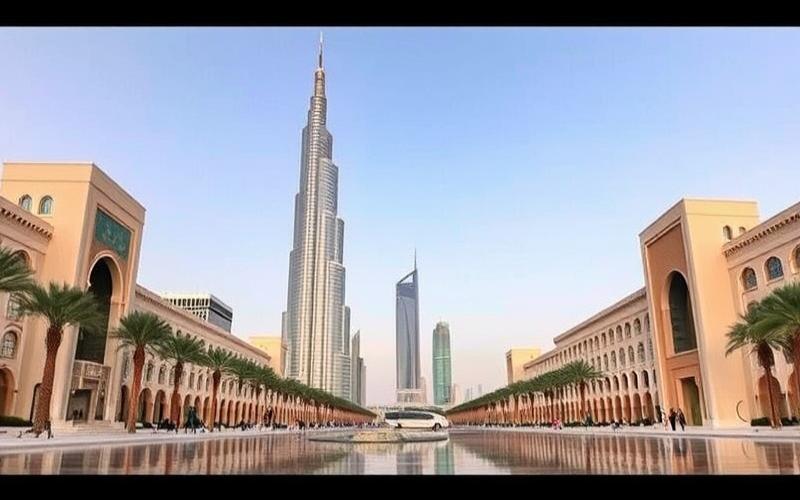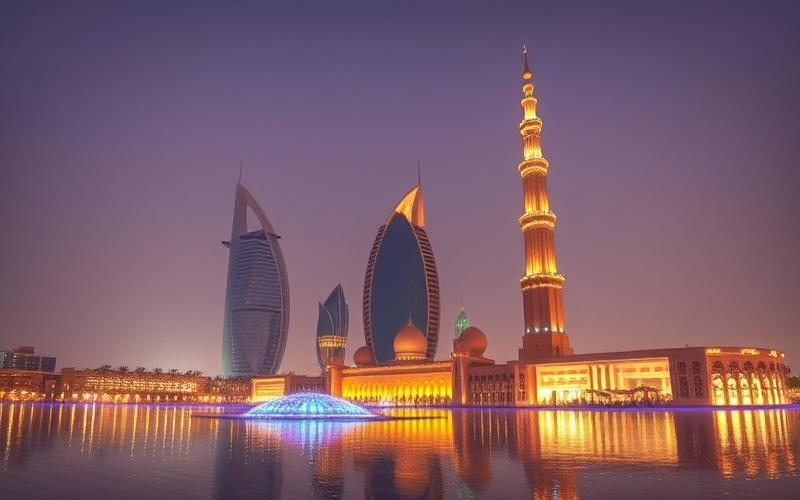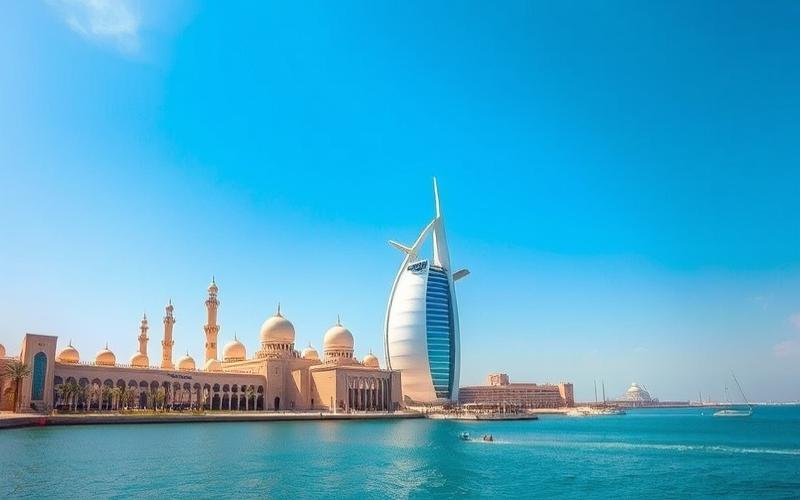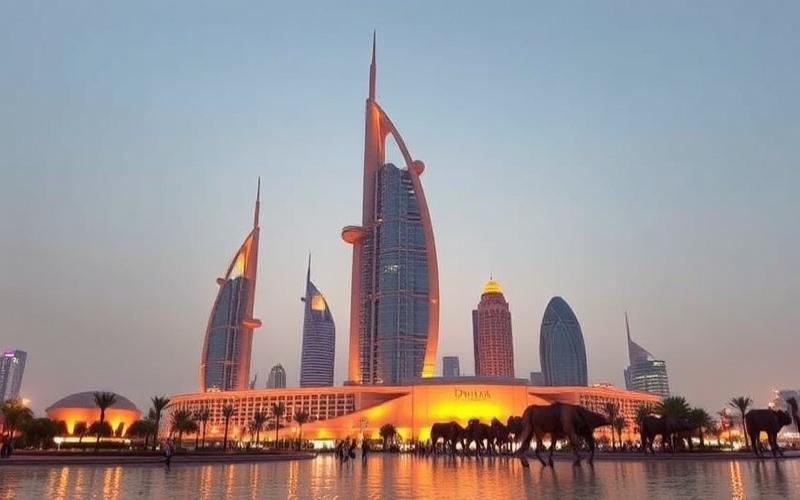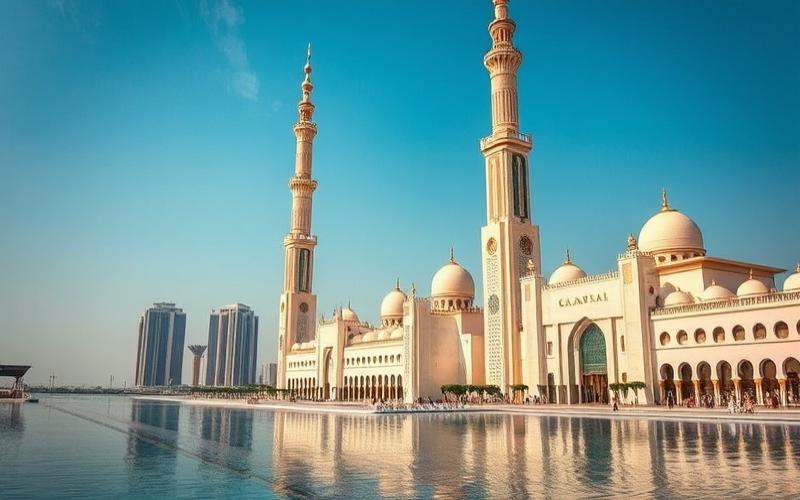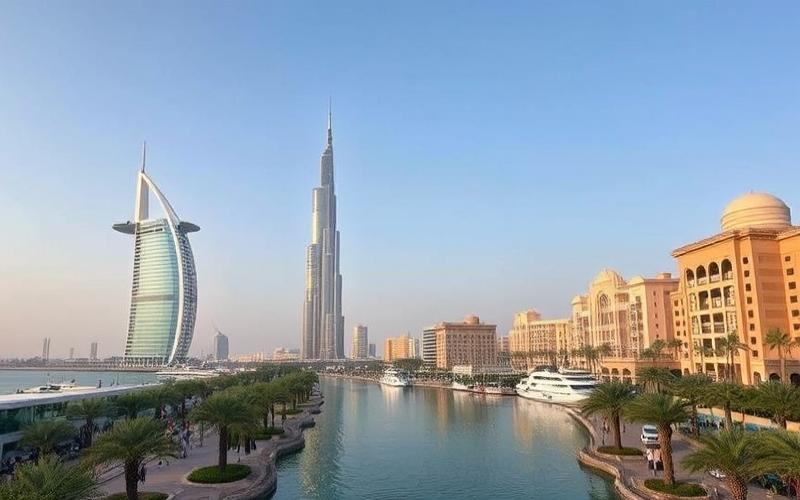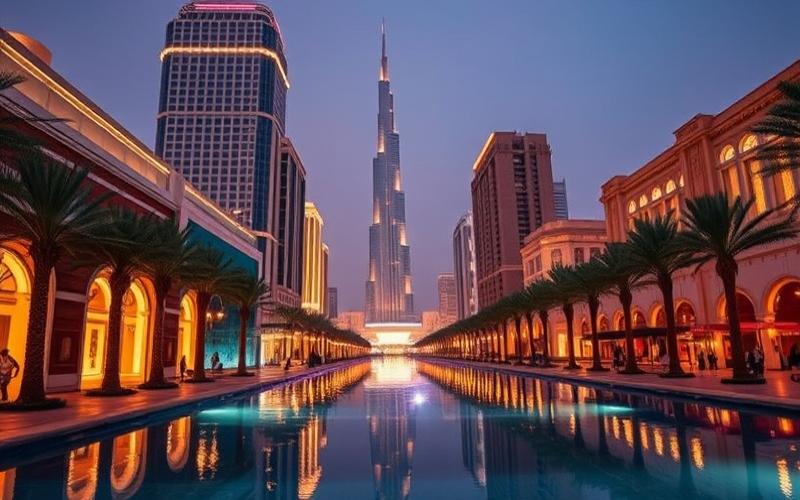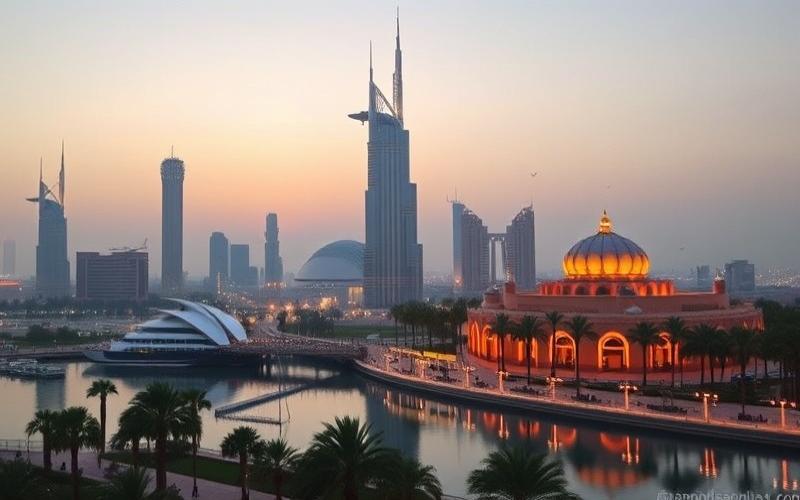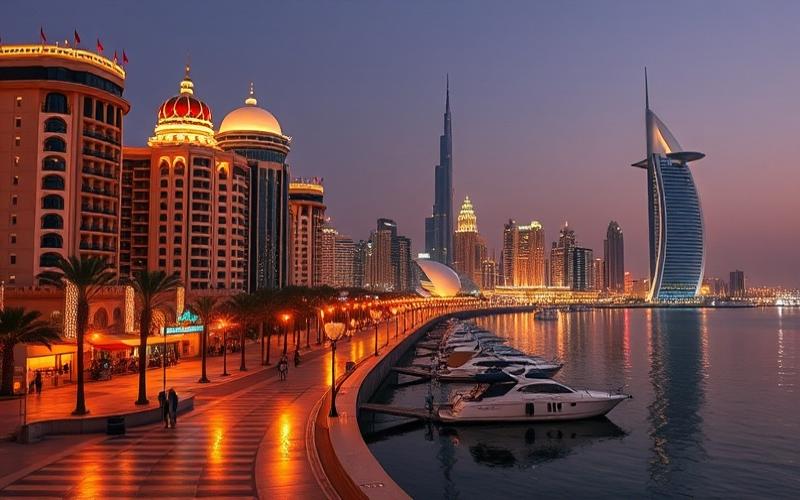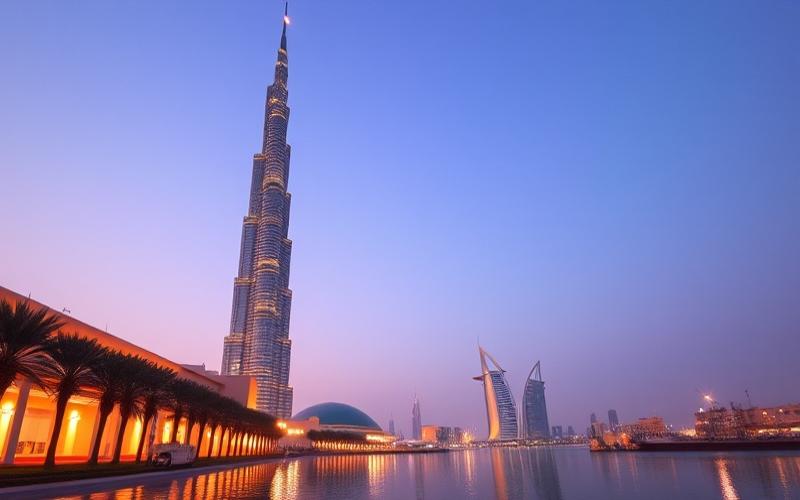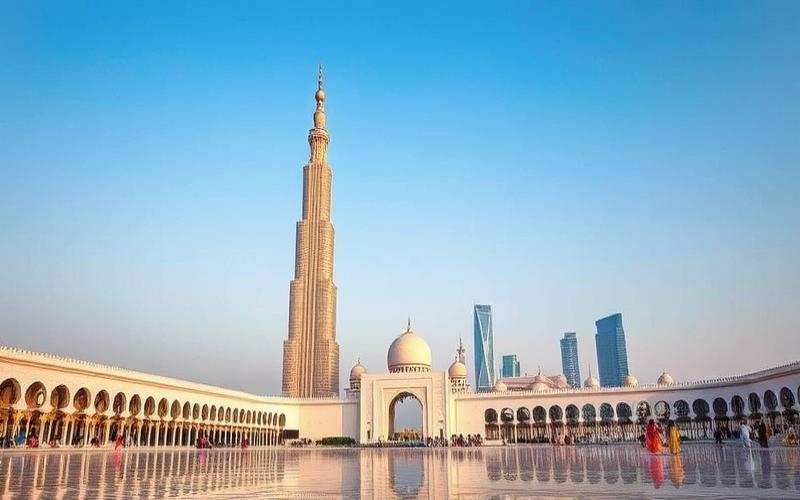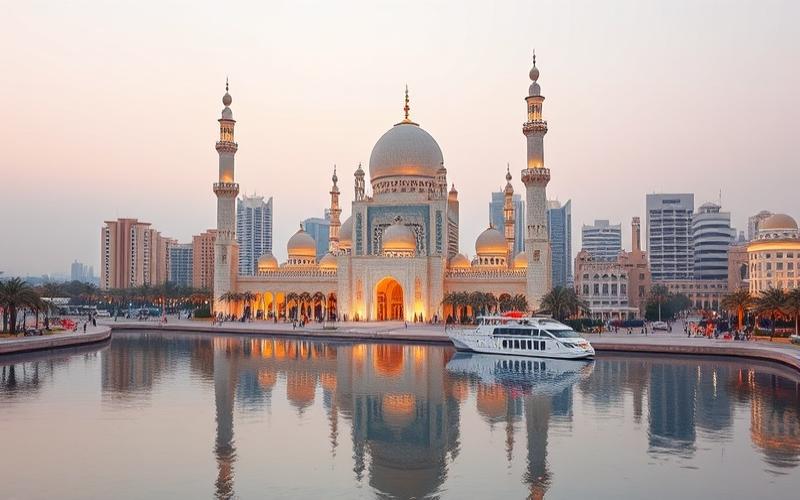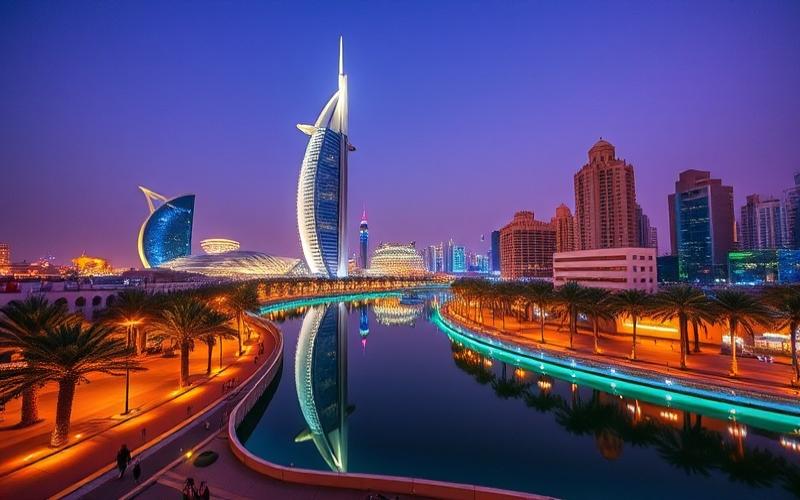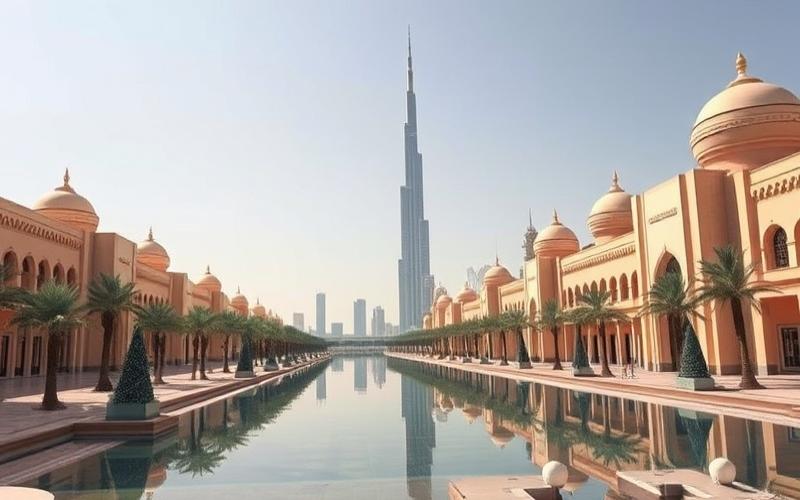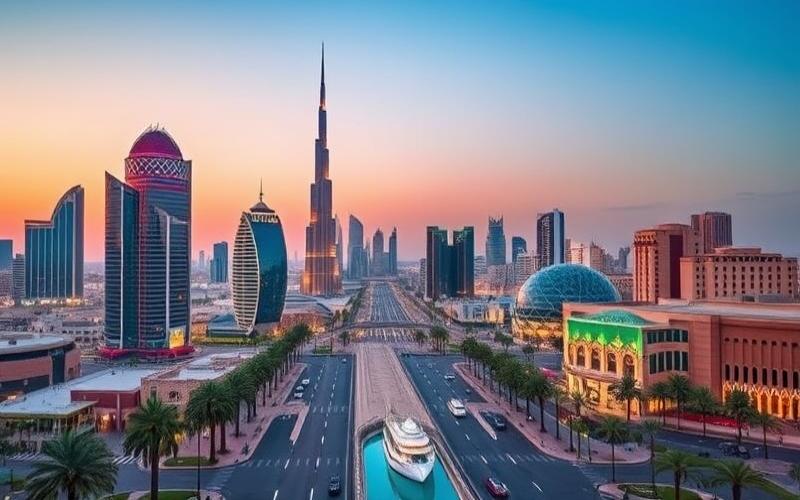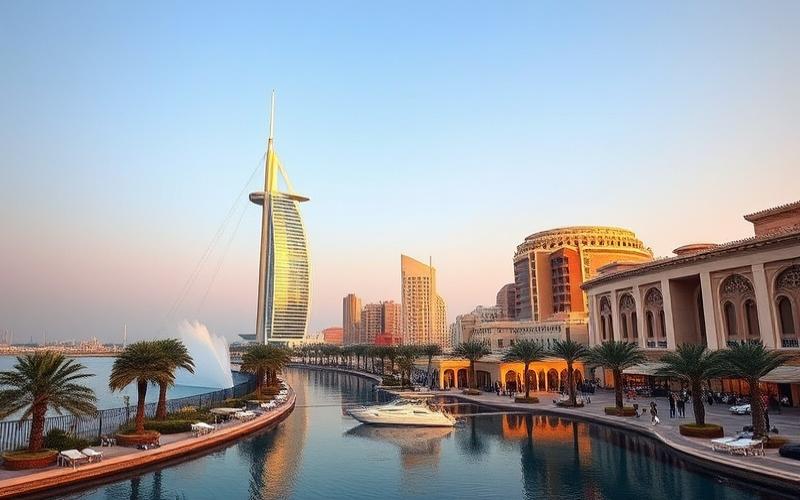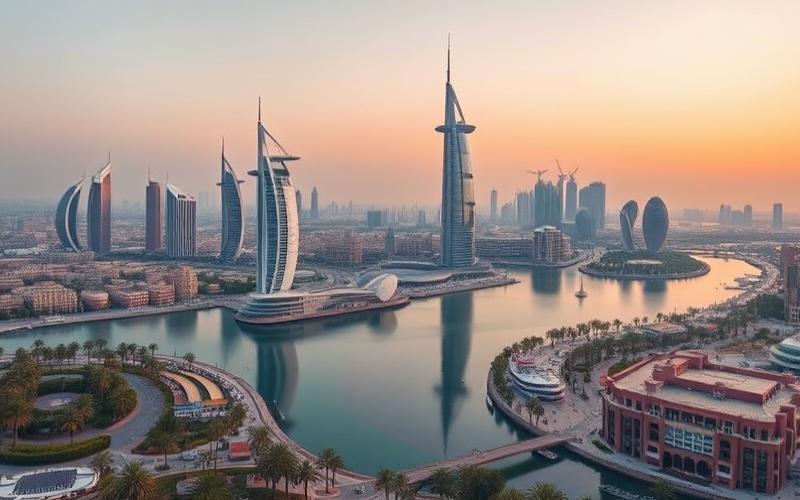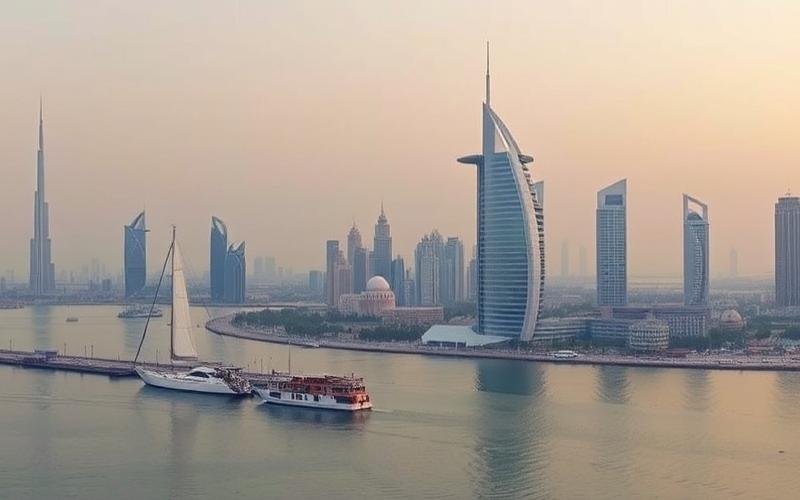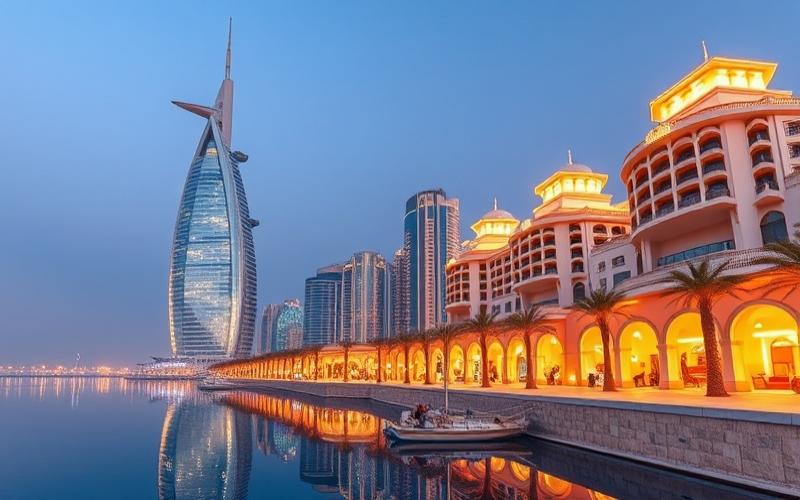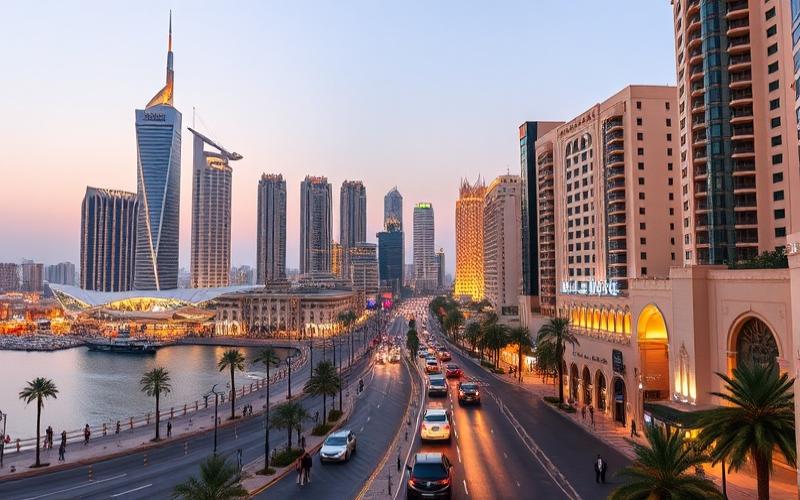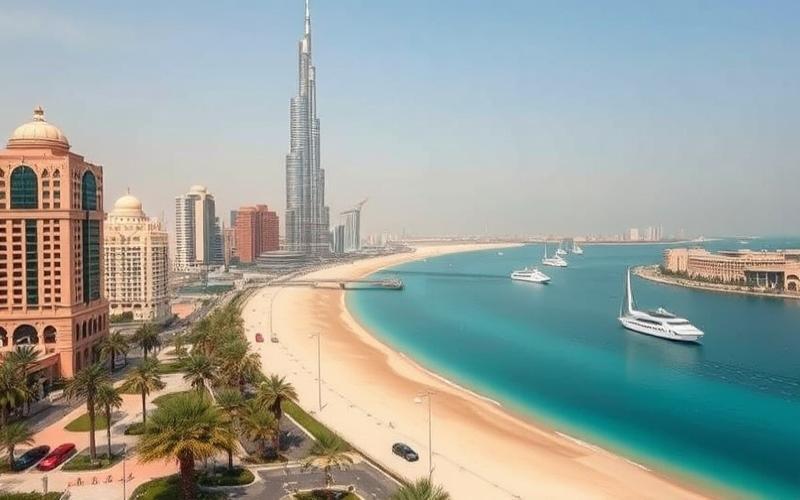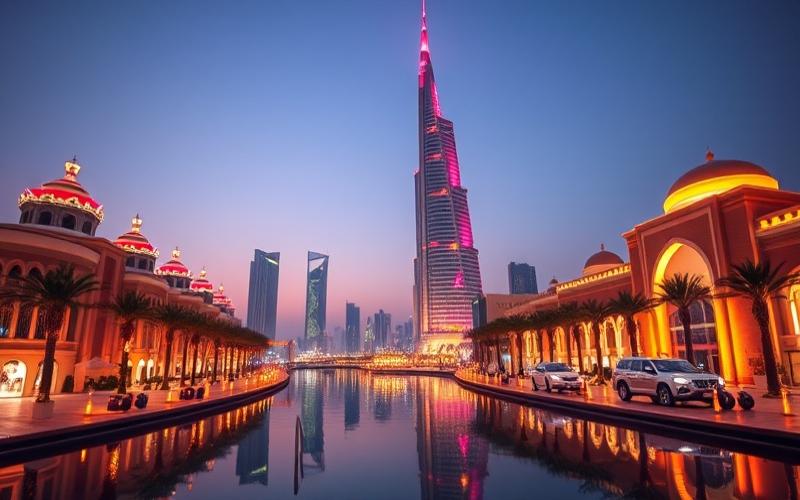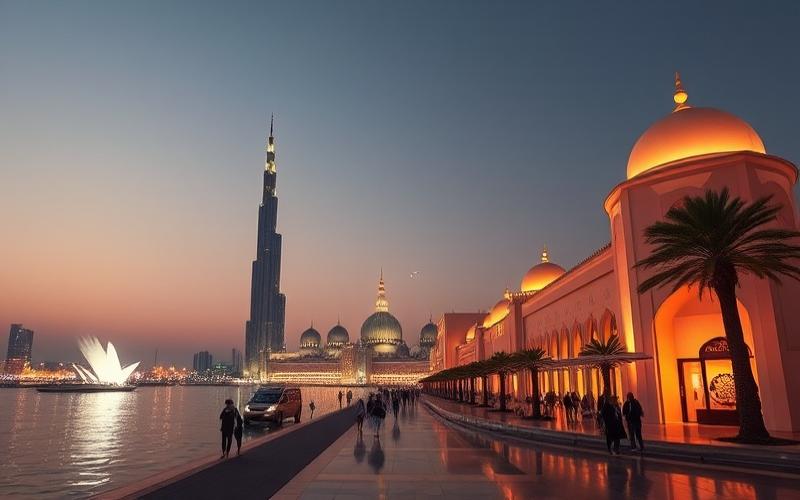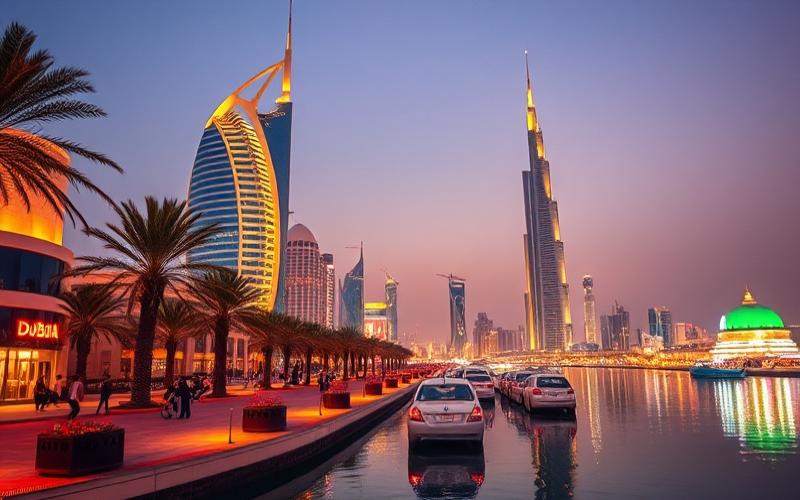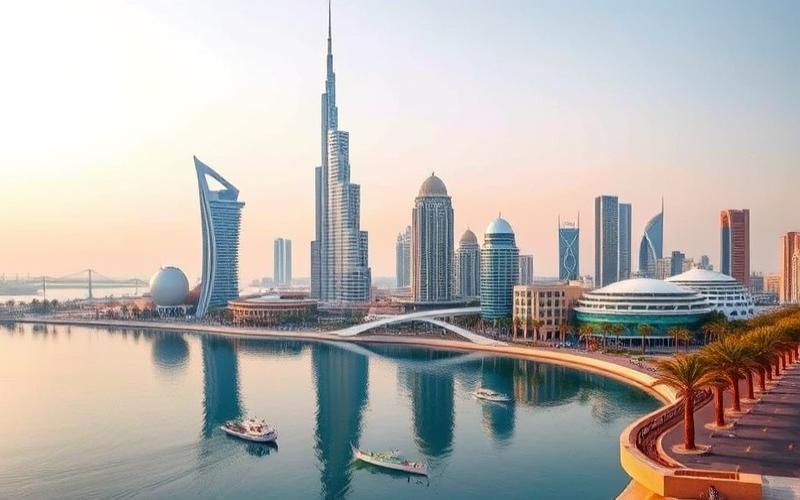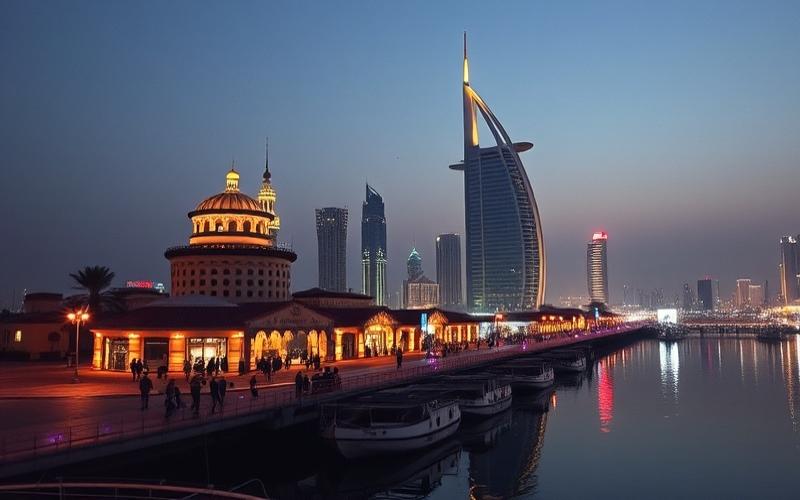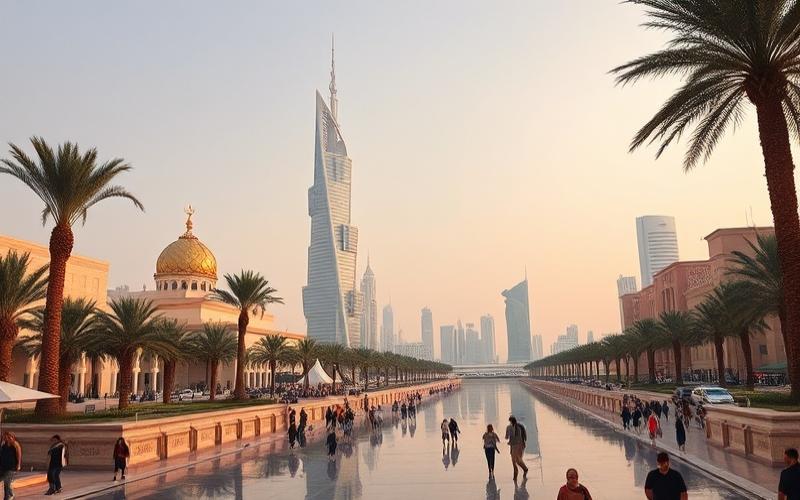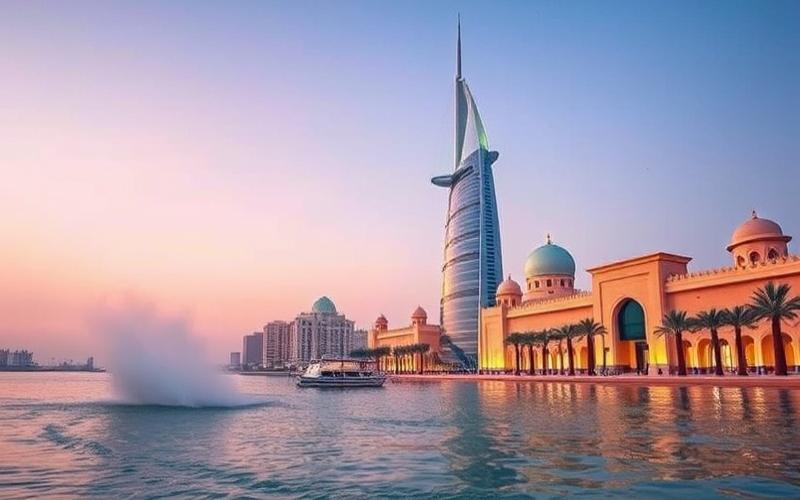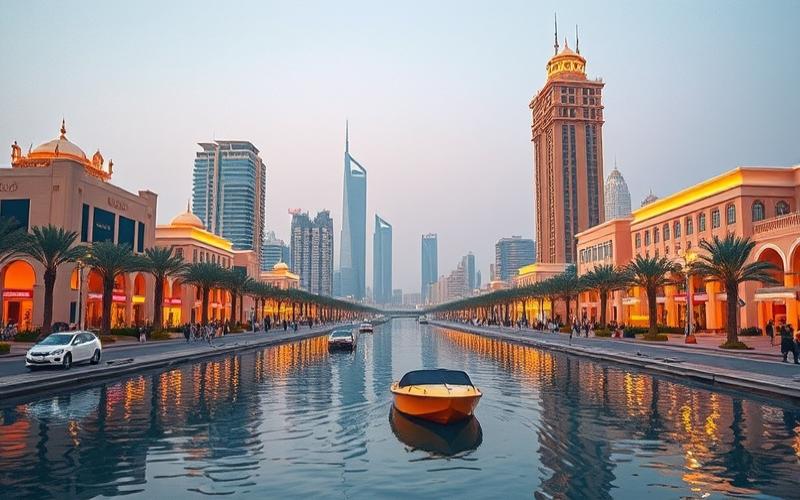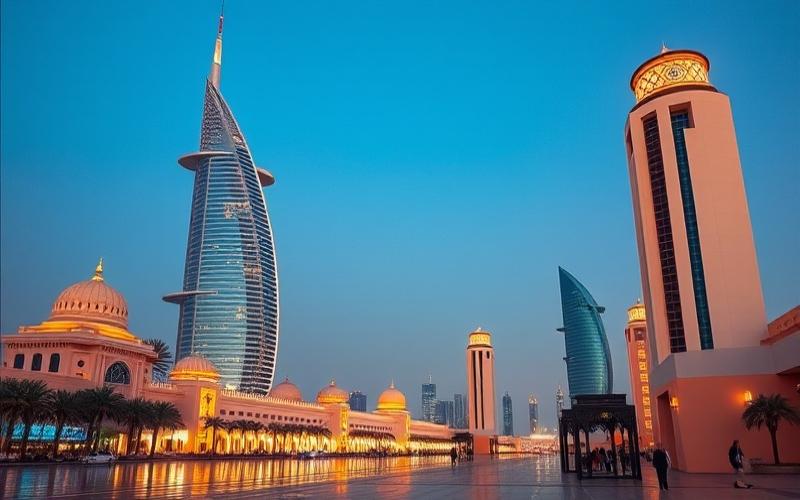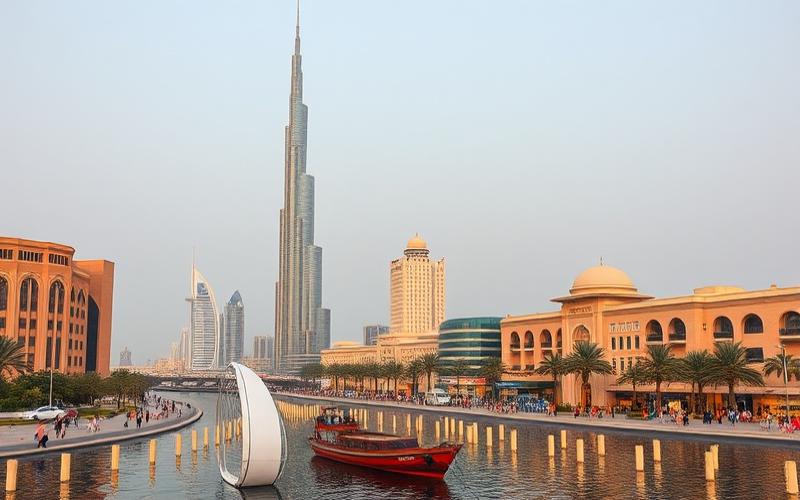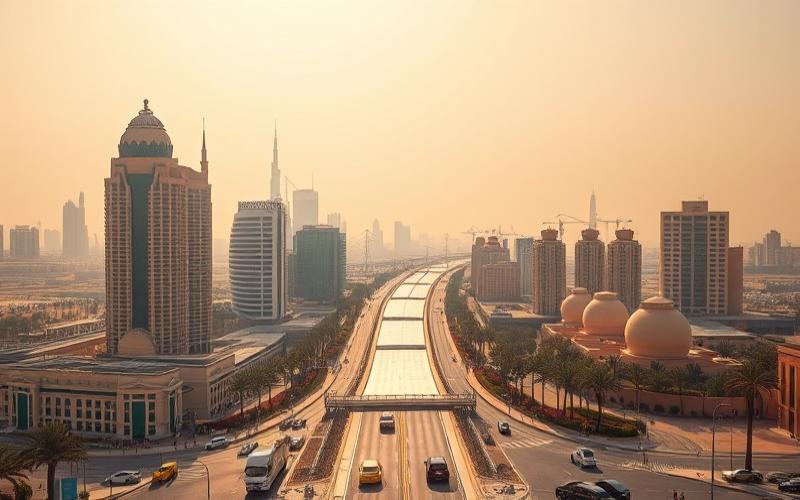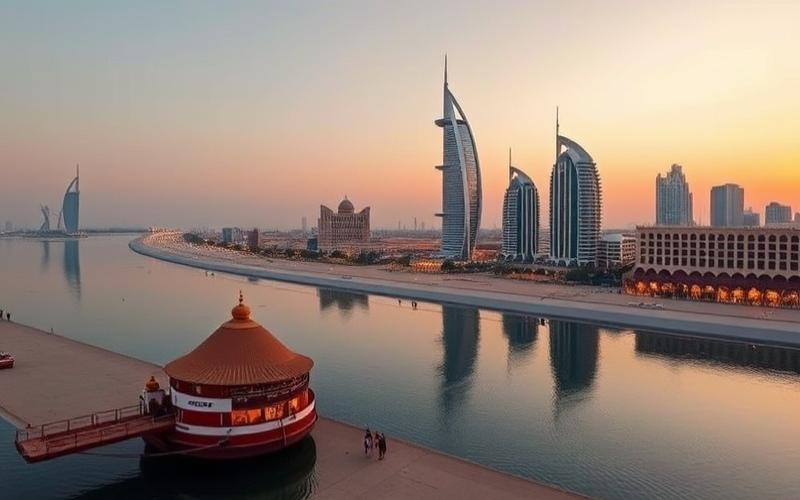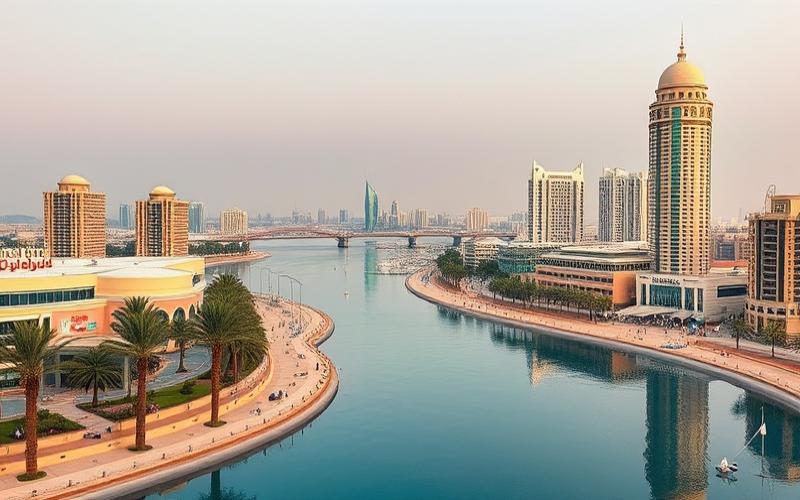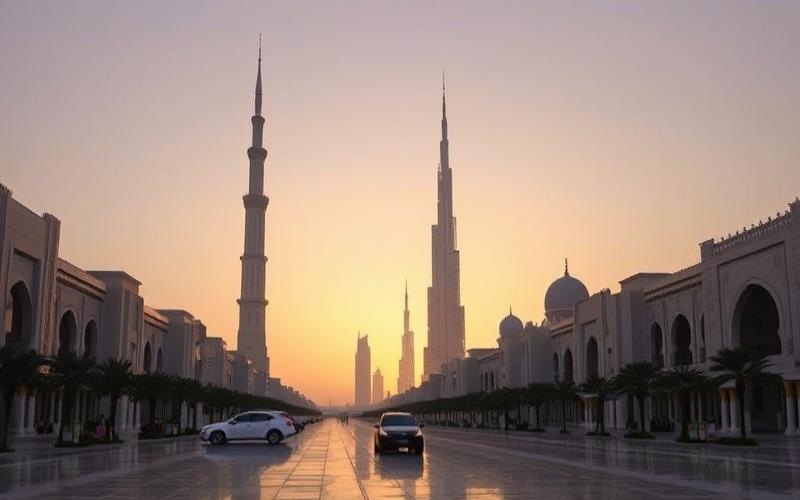
 Published on and written by Cyril Jarnias
Published on and written by Cyril Jarnias
Investing in parking facilities in Dubai might seem unconventional at first glance, but it’s an opportunity that deserves special attention for visionary investors. Located at the heart of the Middle East, this dynamic city is rapidly expanding, and the demand for parking spaces continues to grow.
With millions of tourists visiting annually and a constantly growing population, Dubai presents a unique market where investing in parking facilities could offer stable and increasing passive income. Indeed, the scarcity of available spaces and the rising number of vehicles enhance the value of these assets.
This article explores how purchasing parking facilities in Dubai can be a promising strategy, offering potentially very attractive returns on investment, while aligning with a forward-thinking urban development dynamic.
Benefits of Investing in Dubai Parking Facilities
Financial Benefits of Investing in Dubai Parking Facilities
Investing in Dubai parking facilities offers several notable financial advantages:
- Potentially high return on investment rates, with rental yields often more attractive than other traditional real estate segments. The dynamism of the local real estate market, which surpassed that of the United Kingdom in 2023, underscores the sector’s vigor and appeal to investors.
- Stability of rental income due to strong permanent demand linked to the growing number of vehicles and rapid urban densification. Parking fees typically range between 2 and 4 AED per hour, ensuring a steady revenue stream for owners.
Economic Growth and Its Influence on Demand
Dubai’s exceptional economic growth directly stimulates demand for urban infrastructure such as parking:
- Population growth, increasing vehicle fleet, and continuous development of activity hubs continually reinforce the pressure on parking space needs.
- Economic vitality also promotes a continuous increase in real estate prices and sustainable appreciation of parking-related assets.
| Indicator | Recent Trend | Impact on Parking Sector |
|---|---|---|
| Economic Growth | Strong (exceeding UK 2023) | Increased real estate value |
| Urbanization/Demographics | Rising | Heightened demand for parking spaces |
| Vehicle Fleet | Continuous growth | Steady user flow |
Favorable Regulations for Foreign Investors
Dubai stands out for its particularly open regulatory environment:
- Local rules facilitate foreign ownership access in various strategic neighborhoods.
- Administrative procedures are simplified to encourage international investment inflows.
- Rental management can easily be entrusted to local specialized companies, thereby reducing operational constraints.
Portfolio Diversification and Risk Mitigation
Investing in parking facilities enables effective diversification:
- The sector is less volatile than some other real estate segments (residential or offices).
- It offers protection against certain unfavorable economic cycles since the need for parking remains structural even during temporary slowdowns.
- This asset class fully benefits from continuous urban development while limiting exposure to specific risks of a single real estate type.
Summary Box:
Investing in Dubai parking facilities combines attractive returns, rental stability, growth driven by the dynamic local economy, and welcoming regulations for foreign capital. It’s also an excellent lever to diversify your portfolio while fully benefiting from regional urban development.
Good to Know:
Investing in Dubai parking facilities offers remarkable financial benefits with high return on investment rates, thanks to a booming economy that stimulates parking demand and strengthens asset value. Stability in rental income is ensured by a constant flow of tourists and residents, supported by favorable regulations that simplify acquisition for foreign investors. Additionally, investors benefit from an attractive tax framework with no capital gains tax or rental income tax. Dubai, as a global economic hub, continues to expand and modernize, hosting ambitious infrastructure projects that further increase parking needs. For a diversified portfolio, parking facilities constitute a solid strategy, mitigating risks associated with traditional real estate while capitalizing on the region’s rapid urban development.
Evaluating the Profitability of Parking Investments
Analysis of Initial Acquisition and Construction Costs
Initial investment costs for Dubai parking facilities vary based on several factors: land price (highly dependent on location), potential purchase of existing structures, or construction from scratch. In central neighborhoods or immediate proximity to metro stations (premium areas), the price per square meter is significantly higher. Additionally, consider:
- Land acquisition fees
- Permit and technical study fees
- Construction costs (concrete structure, automated equipment)
- Specific amenities (electric charging stations, dynamic signage)
Estimation of Potential Revenue
Revenue generated by a parking facility primarily comes from hourly rates charged to users. Starting April 2025, hourly pricing will be adjusted by zone and time:
| Location Type | Peak Hours | Hourly Rate |
|---|---|---|
| Premium | 8 AM–10 AM/4 PM–8 PM | 6 AED |
| Standard | 8 AM–10 AM/4 PM–8 PM | 4 AED |
| Off-Peak | Unchanged rates |
During major events (exhibitions, festivals, etc.), premium rates can surge up to 25 AED/hour to manage demand. Areas near shopping malls or strategic corridors typically show higher occupancy rates due to strong regular demand.
Operating and Maintenance Expenses
To ensure sustainable profitability:
- Regular maintenance of access control systems
- Daily cleaning
- On-site security or remote surveillance
- Annual technical maintenance (elevators, payment terminals)
Also anticipate: periodic renewal of floor markings, administrative management, and handling of unpaid fines.
External Factors Impacting Profitability
Several elements can influence financial performance:
- Urban regulations on real estate development and land allocation for parking
- Rapid economic growth generating more motorized travel
- Technological innovations like automated systems (“smart parking”) that optimize spatial use
Moreover, any regulatory evolution regarding environmental matters may require gradual integration of green solutions (solar panels, EV charging stations).
Current & Projected Occupancy Rates
Local economic dynamism drives sustained demand in certain neighborhoods, sometimes reaching saturation during peak hours. Frequent organization of international events temporarily intensifies these peaks.
Simplified comparison:
| Zone | Current Rate | Projected Trend |
|---|---|---|
| Business Districts | >90% peak hours | Stable or rising |
| Residential Areas | ~60% | Moderate increase |
Seasonal variation exists but is mitigated by a constant tourist flow year-round.
Successful Examples & Best Practices
Several private operators have maximized their returns through:
- Early installation of automated systems reducing fixed costs.
- Partnerships with event organizers to reserve all or part of the facility during certain periods.
- Vertical rather than horizontal development to optimize each acquired square meter.
Sites near Dubai Mall or around the World Trade Centre regularly reach full capacity during major professional exhibitions.
Tax Incentives & Government Benefits
The government encourages this sector through various possible measures:
- Tax relief on certain local fees for strategic real estate investments.
- Streamlined access to permits if integrating innovations: EV charging or connected smart management.
- Preferential rates on fees for additional net creation to existing facilities.
These incentives aim to support sustainable urban growth while easing road traffic flow.
Cost-Benefit Analysis & Investor Recommendations
The balance between high initial cost in premium sectors and potential revenue maximization is particularly favorable when combined with optimized management – notably through increased digitalization and strategic monitoring of major local events.
Key recommendations:
- Prioritize strategic locations near economic/tourist hubs.
- Integrate scalable technologies from the design phase to reduce future costs.
- Negotiate temporary agreements with event organizers to capture high occasional peaks without exclusive reliance on daily traffic.
Finally, regularly monitor local regulatory evolution to quickly adapt the operational model if necessary.
Good to Know:
Evaluating the profitability of parking investments in Dubai requires a detailed approach, integrating several key components. First, initial costs encompass land acquisition, purchase of existing structures, or construction of new parking facilities, often influenced by varying land prices in different urban zones. Next, revenue potential must be estimated based on parking rates, which vary by location and the growing demand for parking spaces in this rapidly expanding city. Operating expenses, including regular maintenance of facilities, are essential for maintaining service quality. Local regulations, economic trends, and technological innovations constitute external factors that can impact profitability. An analysis of current and projected occupancy rates, enriched by successful case studies, reveals best practices and possible returns. Tax incentives and other government benefits can also play a crucial role, offering significant advantages for investors. In conclusion, a detailed cost-benefit analysis, supported by recommendations based on concrete examples, is essential to guide potential investors toward informed decisions in this dynamic sector.
Key Factors for a Successful Investment in Parking Areas
The rapid urbanization growth in Dubai, driven by a rapidly expanding population (nearly 4 million inhabitants by 2025) and constant infrastructure development, intensifies the demand for parking areas. The increase in real estate transactions (+23% in one year) and the significant rise in rents (+18% projected for 2025) reflect a dynamic market where the need for parking solutions becomes central, especially in high-density residential and commercial zones.
Local policies play a decisive role: the Emirati government regularly updates its regulations to address growing urban challenges. Recent decrees favor the development of modern infrastructure to accommodate a growing population and the massive influx of international visitors during major events. Incentives such as tax relief or administrative facilities encourage private investors to participate in the development or modernization of urban parking facilities.
Strategic Location is Crucial to Maximize Profitability:
- Immediate proximity to iconic shopping centers (Dubai Mall, Mall of the Emirates)
- Direct access to international airports
- Presence around major tourist attractions (Burj Khalifa, Palm Jumeirah)
A premium location ensures a high occupancy rate and typically allows for more advantageous pricing.
Technological Innovations Also Transform This Sector:
- Automated contactless payment systems
- Smart digital management enabling occupancy optimization
- Mobile applications facilitating reservations and reducing wasted time
These tools not only decrease operational costs but also increase customer satisfaction, positively impacting long-term profitability.
To Assess Financial Interest:
| Criterion | Impact on Investment |
|---|---|
| Potential Rental Yield | High in central districts |
| Maintenance Cost | Relatively low compared to classic residential |
| Volatility | More stable due to persistent structural demand |
Illustrative Examples:
Success: A parking facility near Dubai Mall often shows near 100% occupancy, generating a regular and predictable income source.
Failure: Some remote projects failed to attract users due to poor access or insufficiently rapid benefit from the surrounding demographic boom; their revenues stagnate despite significant initial investments.
In summary:
Success rests on three essential pillars: choosing a strategic location backed by massive flows generated by urban expansion; leveraging local incentive policies while strictly adhering to their evolution; fully integrating technological innovations to ensure competitiveness and sustainable profitability.
Good to Know:
In Dubai, investing in parking facilities proves promising due to rapid urbanization increasing parking demand, particularly around shopping centers, airports, and tourist attractions. Local policies, especially government incentives for infrastructure development, play a crucial role in this dynamic. A strategic location emerges as a key success factor, maximizing both accessibility and profitability. Technological innovations, such as automated payment systems and digital space management, significantly improve operational efficiency and profit potential. However, it’s essential to consider maintenance costs and potential rental yield, determining elements for assessing project viability. Examples like the success of parking facilities near Dubai Mall illustrate this potential, while failures linked to poor location choices underscore the importance of these factors.
Disclaimer: The information provided on this website is for informational purposes only and does not constitute financial, legal, or professional advice. We encourage you to consult qualified experts before making any investment, real estate, or expatriation decisions. Although we strive to maintain up-to-date and accurate information, we do not guarantee the completeness, accuracy, or timeliness of the proposed content. As investment and expatriation involve risks, we disclaim any liability for potential losses or damages arising from the use of this site. Your use of this site confirms your acceptance of these terms and your understanding of the associated risks.


